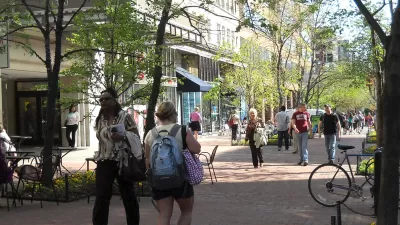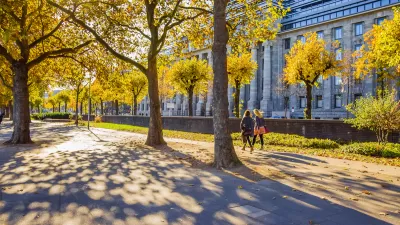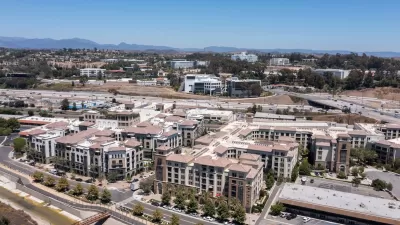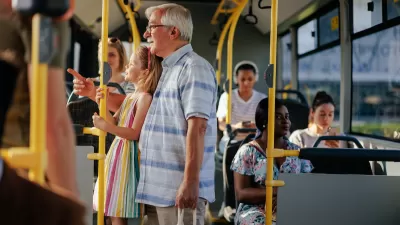New research indicates that improving public health requires targeted investments in more than just pedestrian facilities.

Nikita Amir reports on a recent study of public health outcomes from the MAP Center for Urban Health Solutions at St. Michael's Hospital in Toronto which reveals that "walkability isn’t just restricted to elements of infrastructure—it’s also mediated by racial injustice, food supply, and pollution."
The study's authors evaluated existing research linking physical activity and disease "to understand how a resident’s ability to walk around their neighborhoods is linked to the likelihood of obesity and diabetes," writes Amir. Gillian Booth, a scientist at the MAP Center for Urban Health Solutions at St. Michael’s Hospital in Toronto, Canada, and her co-author Nicholas Howell created a "walkability index" that combined a variety of factors that affect whether residents of an area can safely walk around their neighborhood and access businesses and transit.
The researchers found that public health metrics varied across neighborhoods, and that pedestrian infrastructure (such as sidewalks) alone don't indicate a healthier neighborhood.
"For example, Booth and her co-author learned that in places with higher air pollution or traffic congestion, it wasn’t as beneficial to be able to stroll around as in cleaner, quieter neighborhoods. In the more polluted areas, residents had a higher risk of illnesses such as heart disease or dementia. In essence, any gains made by being able to walk around the neighborhood were washed away by the increased concentration of fuel emissions in the air."
Additionally, "Factors like food apartheids with a lack of healthy eating options or access to green spaces can also be traced to systemic social and racial inequities. Many low-income communities live in places that have been intentionally designed without walkability or abundant resources like parks and grocery stores in mind." The study's authors acknowledge the limitations of their research, which often didn't include socioeconomic factors.
The study could play a role in figuring out how cities can design healthy, sustainable infrastructure that addresses public health from all angles including walkability, air quality, stormwater management, open space, and transportation.
FULL STORY: Walkability won't solve neighborhood health inequities

Planetizen Federal Action Tracker
A weekly monitor of how Trump’s orders and actions are impacting planners and planning in America.

Congressman Proposes Bill to Rename DC Metro “Trump Train”
The Make Autorail Great Again Act would withhold federal funding to the system until the Washington Metropolitan Area Transit Authority (WMATA), rebrands as the Washington Metropolitan Authority for Greater Access (WMAGA).

The Simple Legislative Tool Transforming Vacant Downtowns
In California, Michigan and Georgia, an easy win is bringing dollars — and delight — back to city centers.

The States Losing Rural Delivery Rooms at an Alarming Pace
In some states, as few as 9% of rural hospitals still deliver babies. As a result, rising pre-term births, no adequate pre-term care and "harrowing" close calls are a growing reality.

The Small South Asian Republic Going all in on EVs
Thanks to one simple policy change less than five years ago, 65% of new cars in this Himalayan country are now electric.

DC Backpedals on Bike Lane Protection, Swaps Barriers for Paint
Citing aesthetic concerns, the city is removing the concrete barriers and flexposts that once separated Arizona Avenue cyclists from motor vehicles.
Urban Design for Planners 1: Software Tools
This six-course series explores essential urban design concepts using open source software and equips planners with the tools they need to participate fully in the urban design process.
Planning for Universal Design
Learn the tools for implementing Universal Design in planning regulations.
Smith Gee Studio
City of Charlotte
City of Camden Redevelopment Agency
City of Astoria
Transportation Research & Education Center (TREC) at Portland State University
US High Speed Rail Association
City of Camden Redevelopment Agency
Municipality of Princeton (NJ)





























